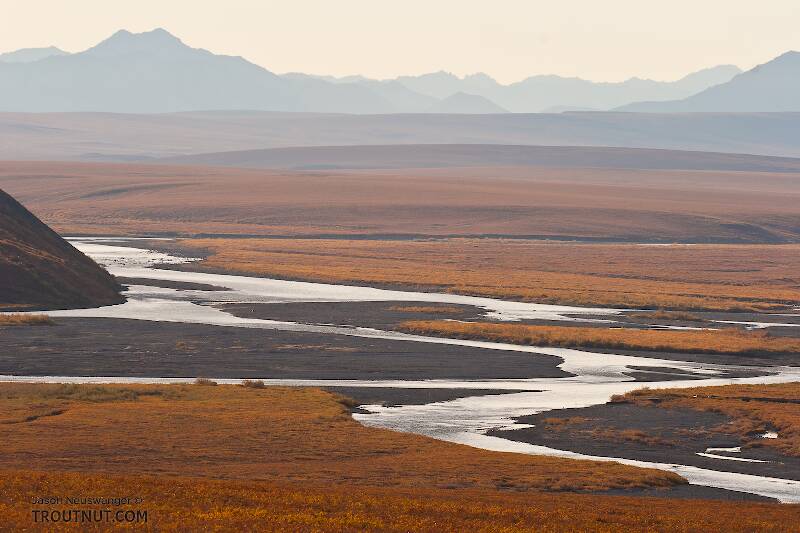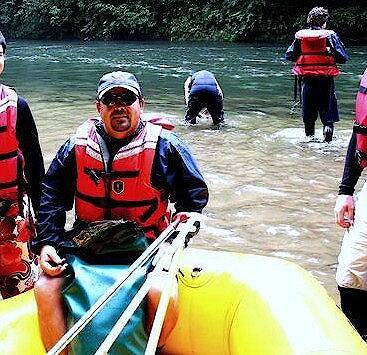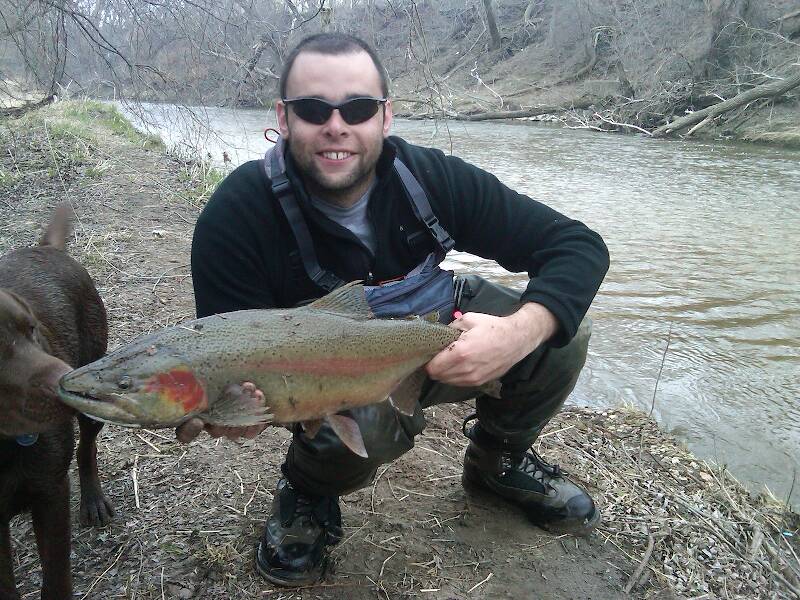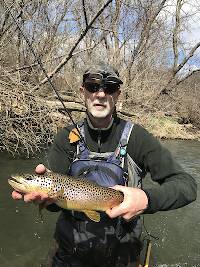
Hex Mayflies
Hexagenia limbata
The famous nocturnal Hex hatch of the Midwest (and a few other lucky locations) stirs to the surface mythically large brown trout that only touch streamers for the rest of the year.
Featured on the forum

This specimen keys to the Epeorus albertae group of species. Of the five species in that group, the two known in Washington state are Epeorus albertae and Epeorus dulciana. Of the two, albertae has been collected in vastly more locations in Washington than dulciana, suggesting it is far more common. On that basis alone I'm tentatively putting this nymph in albertae, with the large caveat that there's no real information to rule out dulciana.

Troutnut is a project started in 2003 by salmonid ecologist Jason "Troutnut" Neuswanger to help anglers and
fly tyers unabashedly embrace the entomological side of the sport. Learn more about Troutnut or
support the project for an enhanced experience here.
Coralrives on Sep 17, 2013September 17th, 2013, 8:45 am EDT
Howdy! I've been stalking the forum for some time and am a budding fly fisherman. I've been fishing flies in ponds for bass and such for a few years and am moving into the trout world. I've been reading as much as I can and took an Orvis 2 day class. I've been on a stream 6 or so times and am looking to do as much stream fishing as I can this year and on. Some noob quesions I can't seem to find answers for. I'll number them in case you only want to answer a few or only one. Thanks for your help.
1. How can you tell if a stream or part of a stream has trout? For instance, I've read about the SOuth Branch of the Potomac in WV having trout in the Smokehole Canyon area and the surrounding river, but what about several miles up and down stream? How do I know how far the trout will travel? Do you ever find yourself driving along and see a nice stream on the side of the road and stop to fish it not knowing if there are fish in it?
2. How long after stocking will trout stick around? If the water stays high and cold enough, is there any reason trout can't caryover for years and reproduce?
3. It seems like all I read about is stocked rivers/streams. Doesn't WV/VA have any natural habitats for trout?
4. Is fishing at a pay-per-fish type place like Rose River in VA considered "cheating".
5. What exactly is technical fishing or a technical stream? Can a stream that's tecnical today be not-technical next week?
Thanks again!
1. How can you tell if a stream or part of a stream has trout? For instance, I've read about the SOuth Branch of the Potomac in WV having trout in the Smokehole Canyon area and the surrounding river, but what about several miles up and down stream? How do I know how far the trout will travel? Do you ever find yourself driving along and see a nice stream on the side of the road and stop to fish it not knowing if there are fish in it?
2. How long after stocking will trout stick around? If the water stays high and cold enough, is there any reason trout can't caryover for years and reproduce?
3. It seems like all I read about is stocked rivers/streams. Doesn't WV/VA have any natural habitats for trout?
4. Is fishing at a pay-per-fish type place like Rose River in VA considered "cheating".
5. What exactly is technical fishing or a technical stream? Can a stream that's tecnical today be not-technical next week?
Thanks again!
Do not tell fish stories where the people know you; but particularly, don't tell them where they know the fish." Mark Twain
Kschaefer3 on Sep 17, 2013September 17th, 2013, 9:43 am EDT
Welcome to the board Coralrives!
1. Most the time the DNR or similar governmental department will list rivers with trout. This is not to say that only those rivers will hold trout, but it is a great place to start.
Even if only a certain stretch is labeled as "trout water", much more of the stream could hold trout, at least at some times of the year.
2. This is very stream dependent. If the water stays within an acceptable temperature range, they can easily holdover until the next year. Reproduction is a different story. This can occur anywhere where there is ample spawning habitat (gravel).
However, there are streams that are stocked for "put and take" fishing. Meaning, these fish are implanted to be caught and eaten as they will likely not holdover or reproduce.
3. I cannot speak to WV/VA in terms of stocked or non. I do know that many streams have good holdover of fish, but limited reproduction, so they stock to maintain. In these rivers you have a mixed bag of wild and stocked fish. In many places in the country, stocking is no longer needed as the fish have established a good population of naturally reproducing fish.
4. I would not consider this cheating. It is private land with a trout stream that runs through it where the owners make a pretty penny to let people fish. In some states this would not be possible to maintain due to water rights laws. For example, in Minnesota I can walk any river as long as my feet stay wet.
Two very famous spring creeks in Montana, De Puy and Armstrong, are pay to fish. These are not cheating, just paying to get away from crowds and to fish a quality fishery. Often you can find just as high quality water with equal (or more) seclusion that is public.
5. I often think of technical water as having some quality that makes it difficult to fish. I usually think of flat, slow water as being technical. The fish get really spooky in these conditions, so one must use light tippet and make long casts so as not to spook the fish. Also, areas with lots of different current is technical because it makes it very hard to get a good drag free drift. There are likely many other areas that qualify as technical, but these are the first two that come to mind.
I am far from any sort of expert. Most on this board have been fishing trout for longer than I've been alive. Some, twice as long. Hope this helps!
1. Most the time the DNR or similar governmental department will list rivers with trout. This is not to say that only those rivers will hold trout, but it is a great place to start.
Even if only a certain stretch is labeled as "trout water", much more of the stream could hold trout, at least at some times of the year.
2. This is very stream dependent. If the water stays within an acceptable temperature range, they can easily holdover until the next year. Reproduction is a different story. This can occur anywhere where there is ample spawning habitat (gravel).
However, there are streams that are stocked for "put and take" fishing. Meaning, these fish are implanted to be caught and eaten as they will likely not holdover or reproduce.
3. I cannot speak to WV/VA in terms of stocked or non. I do know that many streams have good holdover of fish, but limited reproduction, so they stock to maintain. In these rivers you have a mixed bag of wild and stocked fish. In many places in the country, stocking is no longer needed as the fish have established a good population of naturally reproducing fish.
4. I would not consider this cheating. It is private land with a trout stream that runs through it where the owners make a pretty penny to let people fish. In some states this would not be possible to maintain due to water rights laws. For example, in Minnesota I can walk any river as long as my feet stay wet.
Two very famous spring creeks in Montana, De Puy and Armstrong, are pay to fish. These are not cheating, just paying to get away from crowds and to fish a quality fishery. Often you can find just as high quality water with equal (or more) seclusion that is public.
5. I often think of technical water as having some quality that makes it difficult to fish. I usually think of flat, slow water as being technical. The fish get really spooky in these conditions, so one must use light tippet and make long casts so as not to spook the fish. Also, areas with lots of different current is technical because it makes it very hard to get a good drag free drift. There are likely many other areas that qualify as technical, but these are the first two that come to mind.
I am far from any sort of expert. Most on this board have been fishing trout for longer than I've been alive. Some, twice as long. Hope this helps!
Entoman on Sep 17, 2013September 17th, 2013, 10:27 am EDT
Excellent post, Kyle. Welcome to the forum, Coral!
"It's not that I find fishing so important, it's just that I find all other endeavors of Man equally unimportant... And not nearly as much fun!" Robert Traver, Anatomy of a Fisherman
PaulRoberts on Sep 18, 2013September 18th, 2013, 4:26 pm EDT
I'll piggyback onto Kyle's excellent post, and crunch 1-4 together:
When I taught FF I separated stocked and wild trout bc they can provide very different lessons –wild trout taking you deeper. We started on recently stocked trout to learn basic skills and moved to "wild/streambred" trout ASAP bc this is where real trout fishing begins; learning how trout behave in relation to the complexities the natural world dishes out. This compared to what factory raceways, or overly managed/artificial fisheries, do.
The very basics are:
-Water temps below 70F, under 65F for brookies. Short windows with higher temps trout can survive but not often prosper in. These waters/areas are called marginal habitats. Trout respond by either moving, adjusting timing of activity, or if other options aren't available stay and tough it out.
-Seasonal habitats are important to identify and find. Trout migrate to and from them. How far depends on proximity, previous habit, and genetic predisposition. On some streams trout move a great distance, in others they simply slip up or down a ways. General movements tend to be up the watershed for summer and spawn, and down the watershed for winter. But this is not always the case. Your eyes and thermometer will clue you in.
-Spawning gravel with little silt load (almost always associated with ground water, esp so for brookies).
-After this growth rates are a balance between temperature, and food supply for all size classes.
Individual streams vary widely in what they offer in terms of survival, reproduction, and growth.
Trout can move a great deal, seeking better conditions. The less stable the environment (temperature and food) the more trout are apt to move. And they can move quite a ways. A good perspective is NOT to look at a given stretch or stream but the entire watershed. Some areas only hold trout seasonally, and this can parse out in terms of trout size/maturity too. Over time, naturalized populations become valuable bc they've "figured out" how to survive, even prosper, in that given watershed or subset of it. Thus, streams can vary "culturally" I suppose, requiring diff things from the trout within. If you know the basics, and put in the ground work, you can figure this stuff out. It's very satisfying to have your finger on that pulse, not to mention the great fishing you can have all to yourself.
Great questions. If you keep your head in the game, they will never end.
Oh yes…Technical fishing –is usually meant to describe difficult waters, usually applied to flat, heavily fished, food rich tailwaters and “spring creeks”, where fish are difficult to dupe. A wider view is anywhere your standard chuck-n-hope (EHC caddis all day) fails and you have to start thinking, adjusting, and often start looking at all aspects of your fishing from offerings, presentation, and knowing and applying the technology to get there. Takes knowledge, flexibility, creativity, perseverance, delayed gratification, flirtation with the limits of sanity, etc… you know, all things that define intelligence. Welcome to the real world. :)
When I taught FF I separated stocked and wild trout bc they can provide very different lessons –wild trout taking you deeper. We started on recently stocked trout to learn basic skills and moved to "wild/streambred" trout ASAP bc this is where real trout fishing begins; learning how trout behave in relation to the complexities the natural world dishes out. This compared to what factory raceways, or overly managed/artificial fisheries, do.
The very basics are:
-Water temps below 70F, under 65F for brookies. Short windows with higher temps trout can survive but not often prosper in. These waters/areas are called marginal habitats. Trout respond by either moving, adjusting timing of activity, or if other options aren't available stay and tough it out.
-Seasonal habitats are important to identify and find. Trout migrate to and from them. How far depends on proximity, previous habit, and genetic predisposition. On some streams trout move a great distance, in others they simply slip up or down a ways. General movements tend to be up the watershed for summer and spawn, and down the watershed for winter. But this is not always the case. Your eyes and thermometer will clue you in.
-Spawning gravel with little silt load (almost always associated with ground water, esp so for brookies).
-After this growth rates are a balance between temperature, and food supply for all size classes.
Individual streams vary widely in what they offer in terms of survival, reproduction, and growth.
Trout can move a great deal, seeking better conditions. The less stable the environment (temperature and food) the more trout are apt to move. And they can move quite a ways. A good perspective is NOT to look at a given stretch or stream but the entire watershed. Some areas only hold trout seasonally, and this can parse out in terms of trout size/maturity too. Over time, naturalized populations become valuable bc they've "figured out" how to survive, even prosper, in that given watershed or subset of it. Thus, streams can vary "culturally" I suppose, requiring diff things from the trout within. If you know the basics, and put in the ground work, you can figure this stuff out. It's very satisfying to have your finger on that pulse, not to mention the great fishing you can have all to yourself.
Great questions. If you keep your head in the game, they will never end.
Oh yes…Technical fishing –is usually meant to describe difficult waters, usually applied to flat, heavily fished, food rich tailwaters and “spring creeks”, where fish are difficult to dupe. A wider view is anywhere your standard chuck-n-hope (EHC caddis all day) fails and you have to start thinking, adjusting, and often start looking at all aspects of your fishing from offerings, presentation, and knowing and applying the technology to get there. Takes knowledge, flexibility, creativity, perseverance, delayed gratification, flirtation with the limits of sanity, etc… you know, all things that define intelligence. Welcome to the real world. :)
Wbranch on Sep 19, 2013September 19th, 2013, 5:02 am EDT
Kyle wrote;
"I am far from any sort of expert. Most on this board have been fishing trout for longer than I've been alive. Some, twice as long."
And then some!
I was fortunate to have fished both Armstrong & Nelson's when Armstrong was free and Nelson's had a morning and afternoon session and each session cost $10.00. Now Amtrong is $100 p/day and Nelson's is virtually booked solid by a group of guys for the forseeable future.
Both streams are quite small, no more than thirty feet at there widest point. They do hold high concentrations of large wild trout in a quiet setting. However there are other waters in Montana that hold even larger wild trout under the same spring creek like settings that are public and cost no more than a fishing license.
"I am far from any sort of expert. Most on this board have been fishing trout for longer than I've been alive. Some, twice as long."
And then some!
I was fortunate to have fished both Armstrong & Nelson's when Armstrong was free and Nelson's had a morning and afternoon session and each session cost $10.00. Now Amtrong is $100 p/day and Nelson's is virtually booked solid by a group of guys for the forseeable future.
Both streams are quite small, no more than thirty feet at there widest point. They do hold high concentrations of large wild trout in a quiet setting. However there are other waters in Montana that hold even larger wild trout under the same spring creek like settings that are public and cost no more than a fishing license.
Catskill fly fisher for fifty-five years.
Crepuscular on Sep 19, 2013September 19th, 2013, 5:02 am EDT
Takes knowledge, flexibility, creativity, perseverance, delayed gratification, flirtation with the limits of sanity, etc… you know, all things that define intelligence.
Nice statement Paul!
Quick Reply
Related Discussions
Topic
Replies
Last Reply
Re: East meets West: Todd's place on Cowden Lake, September 2020 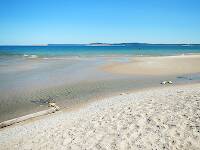
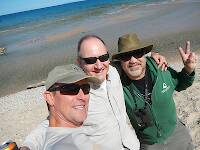
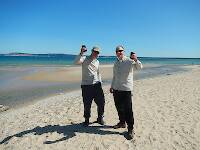
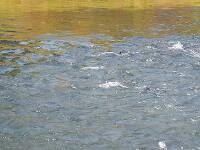
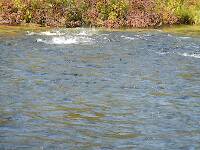
In the Photography Board by Jmd123
+ 14





In the Photography Board by Jmd123
3
Mar 3, 2021
by Roguerat
by Roguerat
1
Sep 14, 2010
by SlateDrake9
by SlateDrake9

